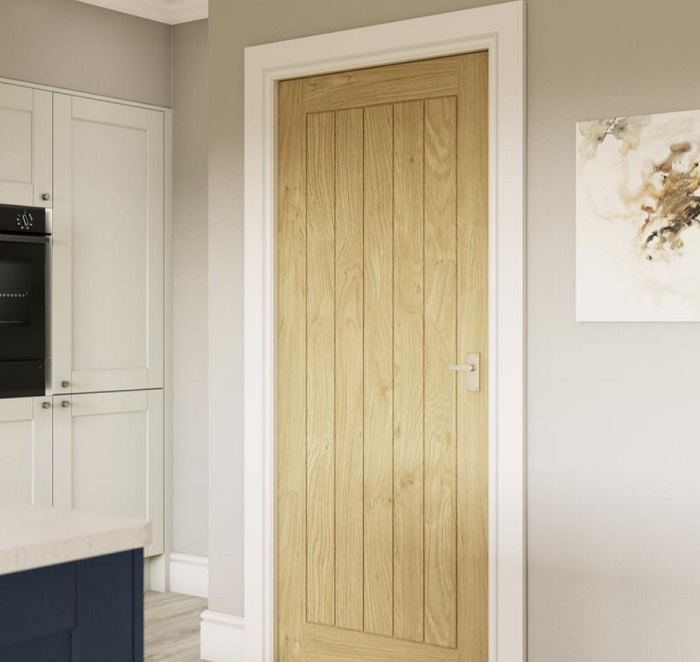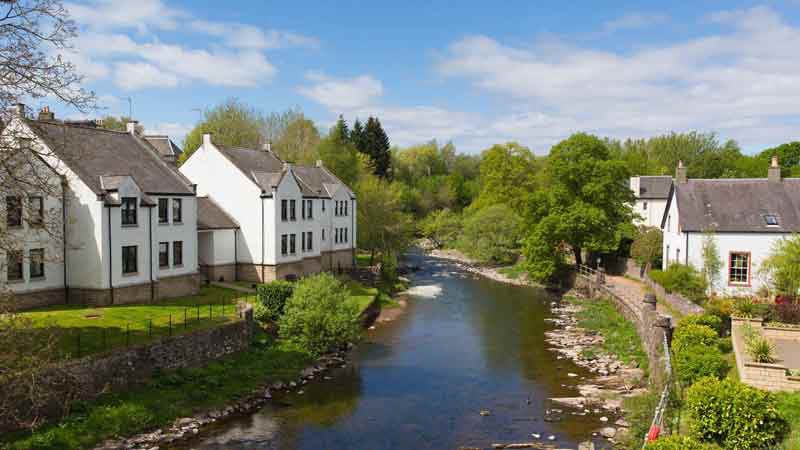Professional Carpenters Bridge of Allan
Bridge of Allan, a picturesque town located near Stirling in central Scotland, is known for its rich historical heritage and charming Victorian architecture. Among the many skilled tradespeople that have contributed to the town’s unique character, professional carpenters stand out as essential craftsmen who continue to shape both residential and commercial spaces. Carpenters in Bridge of Allan play a crucial role in maintaining and enhancing the town’s architectural legacy while also providing modern, customized solutions for homeowners and businesses.
The Importance of Carpentry in Bridge of Allan
Carpentry has long been a cornerstone of construction and design in the town, with local carpenters responsible for a wide range of services, from basic structural work to intricate finishing touches. In a town like Bridge of Allan, where Victorian and Edwardian buildings are prevalent, professional carpenters are often tasked with the preservation and restoration of these historic structures. Many of the homes in the area feature period details such as wooden staircases, window frames, doors, and decorative moldings, which require expert craftsmanship to maintain their aesthetic and historical integrity.
In addition to restoration work, carpenters in Bridge of Allan area are instrumental in new construction and renovation projects. Whether it’s building bespoke furniture, installing hardwood flooring, creating custom cabinetry, or crafting unique woodwork for interior design projects, these professionals possess the technical skills and creative vision to bring ideas to life. As demand for eco-friendly and sustainable building practices increases, many carpenters are also adopting environmentally conscious techniques, using sustainable materials like reclaimed wood and low-impact finishes to meet the needs of modern clients.
Professional Carpenters in Bridge of Allan, Stirling
The services provided by professional carpenters in Bridge of Allan cover a broad spectrum, including both residential and commercial carpentry. Some of the most common services offered include:
- Joinery and Custom Woodwork
Local carpenters specialize in joinery, a fundamental aspect of carpentry that involves the construction and assembly of wood joints, which form the foundation of wooden structures. Skilled carpenters in Bridge of Allan can create custom woodwork to fit the unique needs of clients, whether it’s designing made-to-measure shelving, creating bespoke kitchen units, or crafting intricate furniture pieces. Custom woodwork allows homeowners to optimize their spaces, especially in older properties where standard sizes and designs may not apply. - Flooring Installation
Hardwood flooring is a popular choice in many homes and commercial properties in Bridge of Allan, both for its durability and timeless aesthetic. Professional carpenters are highly skilled in the installation of a variety of wood flooring types, including oak, maple, and walnut. Whether it’s laying solid hardwood, engineered wood, or parquet flooring, the expertise of a carpenter ensures that the installation is done to perfection, enhancing both the beauty and value of a property. - Roofing and Structural Carpentry
Carpenters in Bridge of Allan are often involved in structural work, such as constructing roof frameworks, timber frames for walls, and other support structures. This aspect of carpentry is critical for new builds and extensions, where precision and structural integrity are key. In older homes, carpenters may be called upon to repair or replace timber beams and joists that have been compromised by age or environmental factors. - Restoration and Preservation
Due to the historical nature of many buildings in Bridge of Allan, restoration carpentry is a highly sought-after service. Professional carpenters with experience in heritage restoration are able to carefully replicate and restore original woodwork, preserving the character of period homes while ensuring that they meet modern building standards. This can include restoring wooden windows, doors, staircases, and moldings, as well as repairing or replacing decayed timber elements. - Outdoor Carpentry
Beyond interior work, many carpenters also specialize in outdoor projects, such as building garden structures, decking, fences, and pergolas. With an emphasis on creating outdoor living spaces that blend seamlessly with the natural beauty of Bridge of Allan, outdoor carpentry projects are popular among homeowners looking to enhance their gardens and patios.
The Role of Sustainability in Carpentry

As environmental awareness grows, many carpenters in Bridge of Allan are embracing sustainable practices in their work. This includes sourcing timber from responsibly managed forests, using eco-friendly finishes, and promoting the use of reclaimed or recycled wood in construction projects. By focusing on sustainability, these carpenters contribute to the preservation of natural resources while offering clients durable, high-quality products that minimize environmental impact.
Carpenters who prioritize sustainability also tend to work closely with local suppliers, supporting the regional economy and reducing the carbon footprint associated with transportation. Additionally, they often provide guidance to clients on how to maintain and care for wooden structures and furnishings in an environmentally friendly manner, ensuring that these pieces can be enjoyed for generations to come.
Choosing a Professional Carpenter in Bridge of Allan
When selecting a professional carpenter in Bridge of Allan, it is essential to consider a few key factors. First, experience and expertise are paramount, especially for restoration projects or bespoke designs that require a high level of craftsmanship. Homeowners and businesses should seek out carpenters with a proven track record of successful projects, preferably with references or a portfolio that demonstrates their skill.
Second, communication is critical. A good carpenter will listen carefully to a client’s needs and preferences, offering creative solutions while providing realistic timelines and cost estimates. Transparency throughout the project ensures that both parties are aligned and that expectations are met.
Finally, many carpenters offer free consultations, allowing clients to discuss their ideas and obtain quotes before committing to a project. This is an excellent opportunity to assess the carpenter’s professionalism and approach to the work, ensuring a smooth and satisfying collaboration.
Professional carpenters in Bridge of Allan are indispensable to the town’s architectural landscape, offering a wide range of services that blend traditional craftsmanship with modern techniques. Whether preserving the heritage of period homes or creating innovative new designs, these skilled craftsmen continue to play a vital role in shaping the built environment, enriching the town’s charm and functionality.















